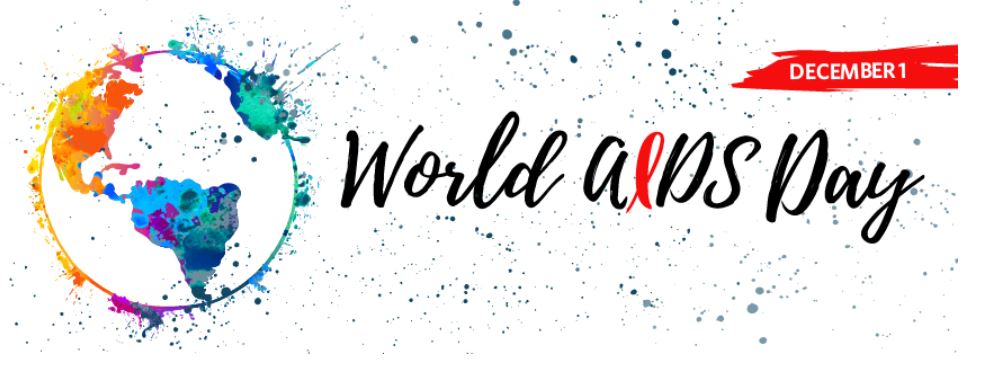
World AIDS Day 2018

World AIDS Day is observed each year on December 1 and is an opportunity for people worldwide to unite in the fight against HIV, show their support for people living with HIV, and remember those who have died. Started in 1988, World AIDS Day was the first ever global health day.
The U.S. government’s theme for this year’s World AIDS Day is “Saving Lives through Leadership and Partnerships,” meaning that everyone can show leadership in HIV prevention—through day-to-day acts and by large-scale visionary action.
Global Statistics
HIV, the virus that causes AIDS, is one of the world’s most serious public health challenges. According to UNAIDS, There were approximately 36.9 million people worldwide living with HIV/AIDS in 2017. Of these, 1.8 million were children (<15 years old).
An estimated 1.8 million individuals worldwide became newly infected with HIV in 2017 – about 5,000 new infections per day. This includes 180,000 children (<15 years). Most of these children live in sub-Saharan Africa and were infected by their HIV-positive mothers during pregnancy, childbirth or breastfeeding.
Approximately 75% of people living with HIV globally were aware of their HIV status in 2017. The remaining 25% (over 9 million people) still need access to HIV testing services. HIV testing is an essential gateway to HIV prevention, treatment, care, and support services.
In 2017, 21.7 million people living with HIV (59%) were accessing antiretroviral therapy (ART) globally, an increase of 2.3 million since 2016 and up from 8 million in 2010. HIV treatment access is key to the global effort to end AIDS as a public health threat. People living with HIV who are aware of their status, take ART daily as prescribed, and get and keep an undetectable viral load can live long, healthy lives. There is also a major prevention benefit. People living with HIV who adhere to HIV treatment and get and keep an undetectable viral load have effectively no risk of sexually transmitting HIV to their HIV-negative partners.
AIDS-related deaths have been reduced by more than 51% since the peak in 2004. In 2017, 940 000 people died from AIDS-related illnesses worldwide, compared to 1.4 million in 2010 and 1.9 million in 2004.
U.S. Statistics


Get Involved
Get involved in HIV awareness days. Check out government’s HIV awareness days page to see how you can support national observances to raise awareness and encourage people to get tested for HIV, seek, or return to care.
You also can make a difference by learning more about HIV prevention, care, treatment, and sharing that knowledge with others. Talk to others about testing, how to prevent HIV, the effectiveness of treatment, and the importance of getting and staying in medical care.
Source:
- HIV.GOV
- CDC
Image & Infographic:
- CDC
Video:
- UNAIDS


Most Commented